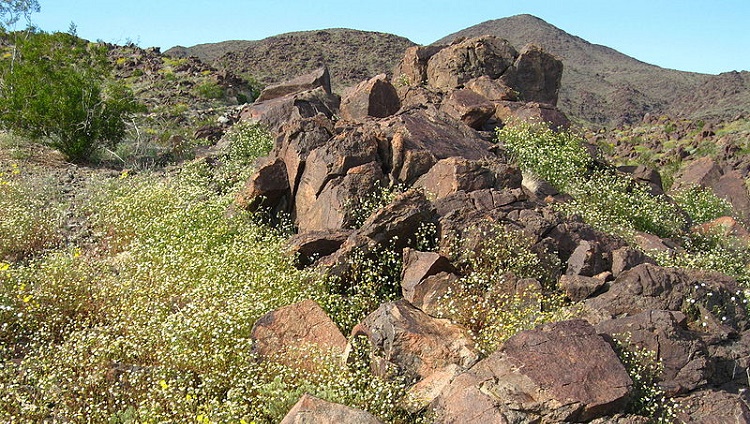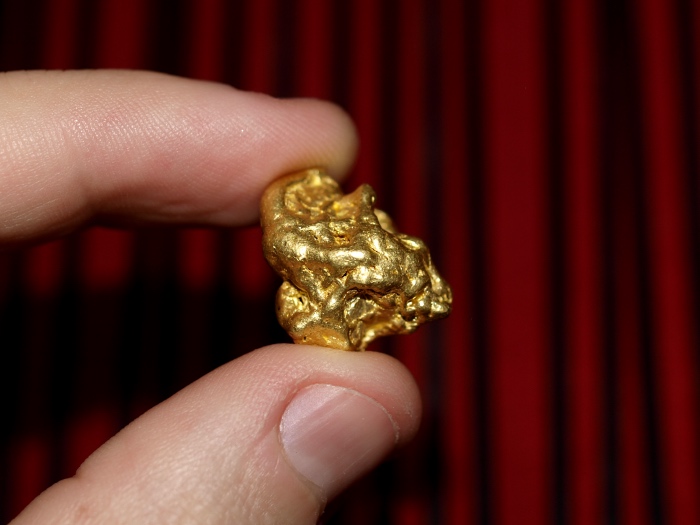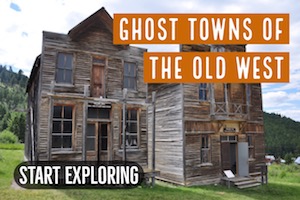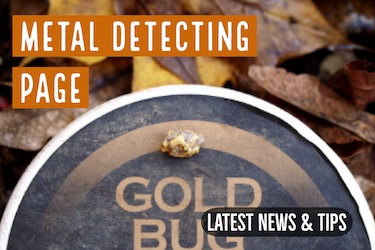
The Dale Mining District was one of the productive gold mining towns in California for many years. Today it is one of the most visited ghost towns in the state.
It is situated north of Joshua Tree National Park and south of the Cleghorn Lakes Wilderness Area.
The discovery of gold in a hot desert region about 15 miles to the southeast of Twentynine Palms in 1881 marked the birth of the Dale mining district. The reports of this discovery created interest in the area and brought in over a thousand miners within months of the discovery.
The first miners to arrive in the area headed straight for the Pinto Mountains where the very first discovery was made. Within a few year miners were all over San Bernardino County prospecting and mining gold.

Growth of the Dale Mining District
The Dale City was established in 1884 around a well dug to supply water to the miners. The influx of miners and business people settled around the water source thus creating a thriving mining camp that was the key to the mining within the district. The camp thrived becoming an important town in the area.
Gold production in the Dale Mining District reached its peak in 1898. At this time there were over 3,000 miners in the district and thousands of business people supporting the miner endeavors by providing supplies and other services such as places to sleep, entertainment in gambling houses and hotels. The transport routes were also set up to aid the mining and this turned Dale into one of the most active mining districts in California at the time.
In 1899 the miners brought in pumps and laid the infrastructure for pumping water from the well to the mines. This marked the end of the town as miners no longer came to mill their gold in the town.
In under a year, the residents uprooted the structure in the town and moved the town six miles to the south creating what became known as the New Dale. The new mining town thrived until 1917 when most of the mines closed down.
During this time many of the miners in the Dale Mining District left the area in search of employment elsewhere. A number of small mining operations remained in until during the Second World War when all the remaining mines were shut down.
In the next few years, the district was abandoned and it slowly turned into a ghost town.

Important Gold mines in the Dale Mining District
Some of the important gold mines that made up the Dale mining district during its heydays includes:
1. Gold Crown Mine
The Gold Crown Mine was one of the most important gold mines in the district in the 1920s and 1930s. The mill was established by the Gold Crown Mining Company in 1926 by consolidating twenty-five early claims into a single mine. The mine shafts up to 600 feet level. The mine got pipe water from New Dale town and for milling its gold and that from the neighboring mines. It closed down in 1938 following the exhaustion of its ore.
Today you can reach the remnant of the Gold Crown Mine a short distance north of the boundary of the Joshua Tree National Park. You can access the site from Highway 62. Just turn off the highway near the old Dale City. Most of the structures are gone and only a few concrete walls and foundations remain.

2. Brooklyn Mine
The Brooklyn Gold Mine was established in the late 1800s on a canyon within the Pinto Mountains in the Dale Mining District by H.B. Botsford. It was later sold to the Brooklyn Mining Company in 1899.
This mine sat on 14 claims and got its water from Cottonwood Springs. The mine was in operation until 1916 when mining declined, but continued to operate on and off until the 1930s when it closed down for the last time.
Today the site of the mine is marked with a number of structures that tell the story of its historical past. There is one stone building that is now used by tourists for camping. The rest of the site is littered with foundations, stone walls and number of broken wooden tanks.
3. O.K. Mine
The O.K. Mine was established in 1890 by a miner named John Burt who worked the mine until 1899 when he sold it to the Seal of Gold Mining Company. With the next few years, the mine became one of the most productive gold mines in the district and contributed to the shifting of the old Dale Town to the new site to be closer to the mine.
At its peak, the mine had a ten-stamp mill and two 800 foot shafts.
Mining at the site continued up the time of the Second World War when the mine was temporarily closed down. Since then mining has been on and off until the 1980s when the last work at the mine was done.
Today the mine has lots of evidence of the mining with most of the structures having been constructed during the 1980s. Vandalism has affected a number of the structures but there is still a lot to see at the site.

Always KEEP OUT of old mine shafts like this. Instead, carefully metal detect the rock piles and discarded ores nearby. Just be sure to keep a safe distance away from the opening. A little gold isn’t worth your life.
Gold Prospecting Today in “The Dale”
Although the major mines mentioned above are all worked out and closed now, small-scale prospecting is still very popular in this area. In fact, San Bernardino County is a very rich place to prospect for gold.
The large mines are more interested in large quantities of ore that can be processed, but small-scale prospectors should be more focused on small, rich pockets of high grade gold. This can either be found as rich ore specimens with free-milling gold (gold in rock that is large enough that it can be crushed and panned), of more commonly as gold flakes and gold nuggets.
In this dry, arid climate, your best bet is to use one of the following tools:
Metal Detectors
Metal detectors work great in Southern California because the desert has a lot of exposed bedrock. Most nuggets are shallow, so they are easily detectable with most any gold detector.
A few of the most popular gold detectors are:
Fisher Gold Bug 2 (with super-sensitive 6″ coil)
Drywashers
 Drywashing is another good method for desert prospecting, although it’s a lot more work than metal detecting is. To drywash, you shovel material into a machine that separates the gold from the lighter material.
Drywashing is another good method for desert prospecting, although it’s a lot more work than metal detecting is. To drywash, you shovel material into a machine that separates the gold from the lighter material.
The modern drywashers on the market today are actually quite efficient, better than most people think. The trick is to make sure the material is perfectly dry and the machine is set up according to the specifications.
Southern California Gold
There is good gold in Southern California. The Dale Mining District and Randsburg (a 156-ounce nugget was found here!) are the two most popular prospecting areas in this part of the state.
Modern prospectors should focus on dry desert washes and try metal detecting or drywashing to recover gold. There are still plenty of good areas left to prospect.
Also Read:
Gold Mining in the San Gabriel Mountains of California
These 3 Huge Gold Nuggets Were Found in California
4 Ways to Find Gold in the Desert







